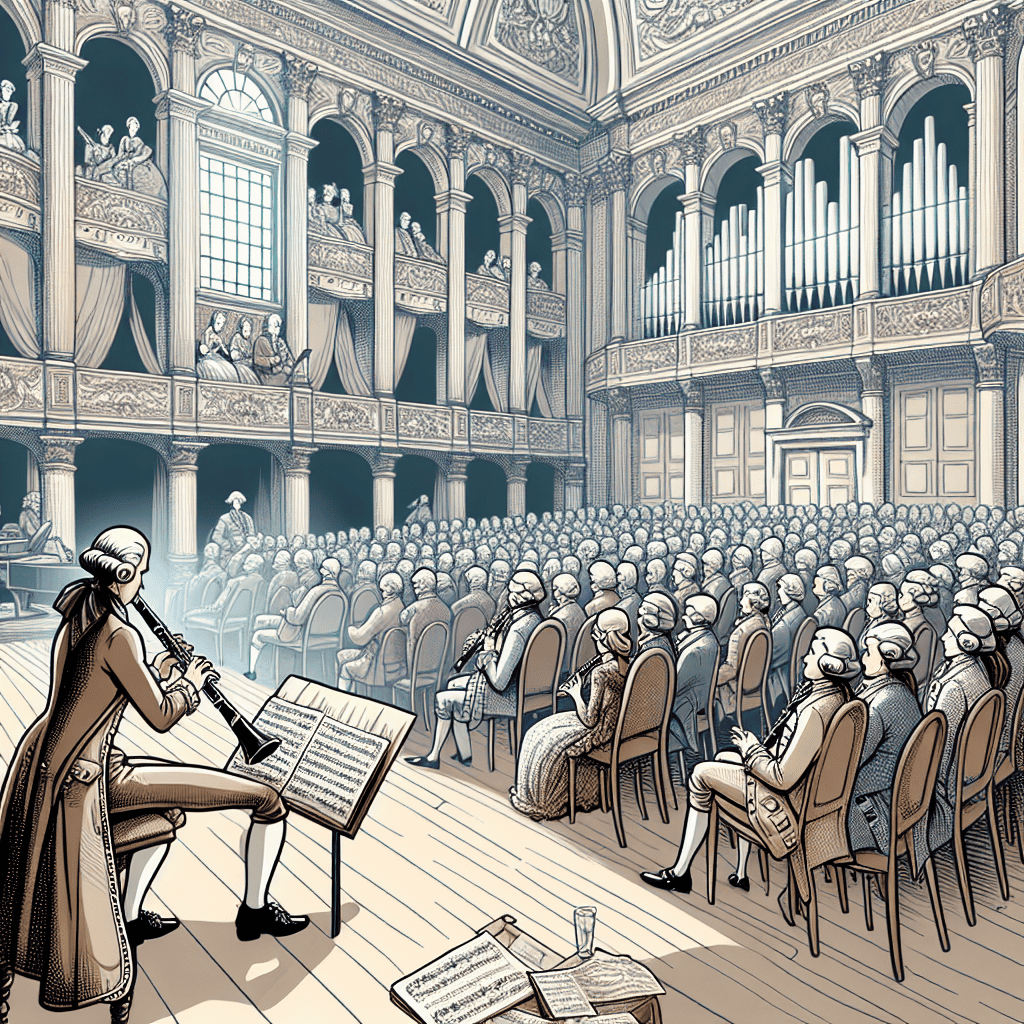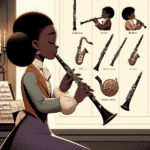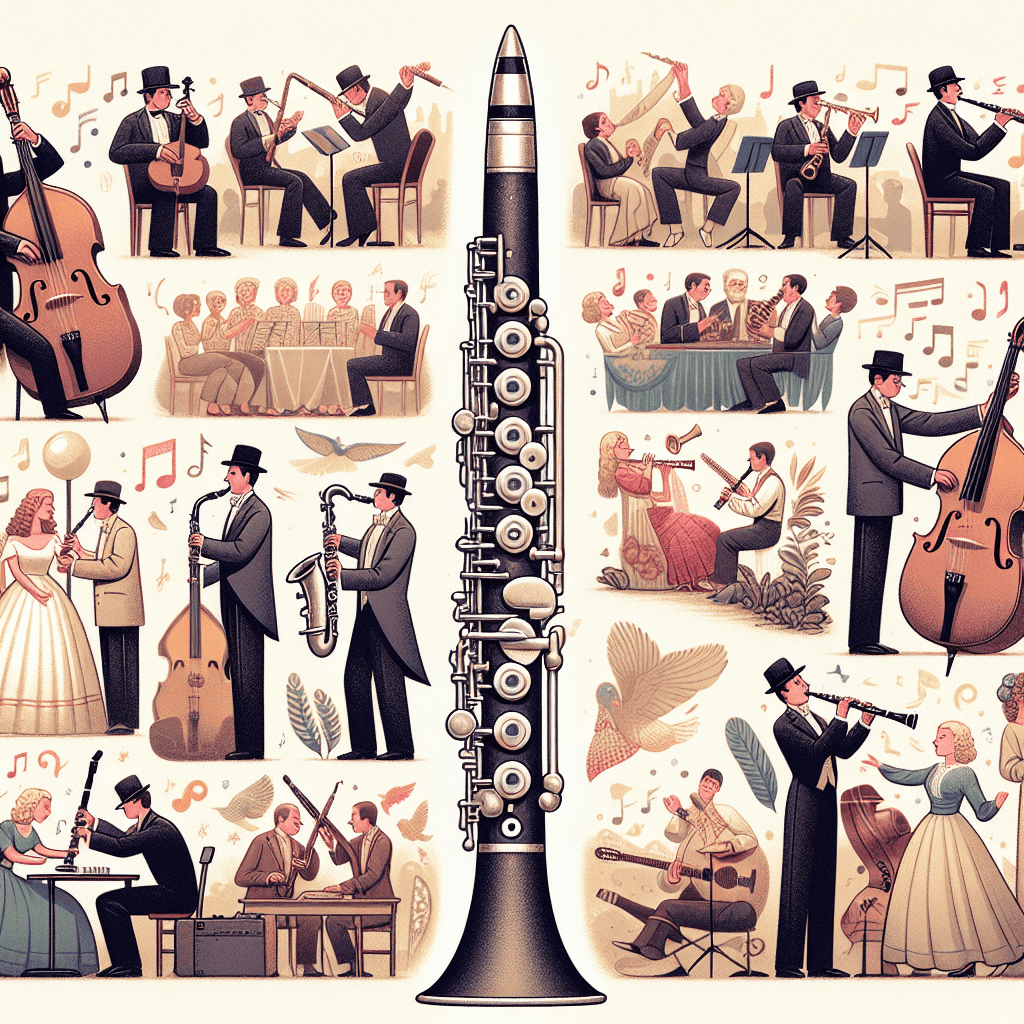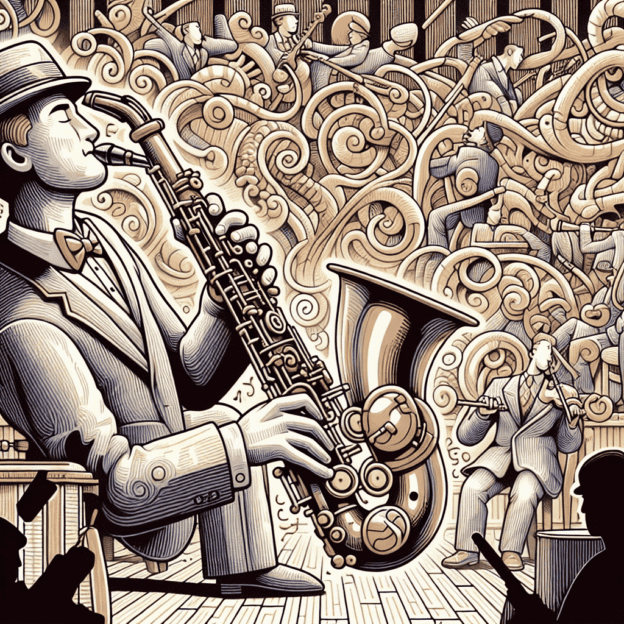The Clarinet's Evolution in 20th Century Music
The clarinet has always been a favored woodwind instrument throughout its history, but it's during the 20th century that it truly began to shine and find its place in a myriad of musical landscapes. As we explore this fascinating era, we'll uncover how the clarinet evolved, shaped by jazz, classical and avant-garde compositions. Get ready for an exciting musical journey!
Early 20th Century: A Time of Musical Exploration
The beginning of the 20th century buzzed with musical creativity. The clarinet, known for its versatility, played a key role in various music genres. From the refined melodies of classical composers to the energetic rhythms of jazz, the clarinet wove its way through countless musical tales. One of the most significant works from this period was Aaron Copland's clarinet concerto, composed in 1948. This piece not only demonstrated technical skill but also expressed deep emotions, a signature of Copland's style. During this time, Martin Freres clarinets gained popularity among musicians for their quality craftsmanship, which enhanced the instrument's clarity and expressiveness.
The Jazz Era: Clarinet in the Spotlight
Jazz revolutionized the music world, with the clarinet taking a leading role in this improvisational style. Icons like Benny Goodman thrust the clarinet into the spotlight, making it essential in both big bands and small groups. Goodman's distinctive sound and captivating performances expanded the clarinet's potential, showcasing it as a powerhouse in jazz as well as classical music. His collaborations with various musicians, including those playing Martin Freres instruments, further boosted the clarinet's reputation.
| Era | Musical Style | Notable Clarinetists/Composers |
|---|---|---|
| Early 20th Century | Classical | Aaron Copland |
| Jazz Era | Jazz | Benny Goodman |
| Mid-20th Century | Avant-garde | Edgard Varèse, Igor Stravinsky |
Mid-20th Century: The Avant-Garde Movement
The mid-20th century witnessed the rise of avant-garde composers who started experimenting with new clarinet techniques that challenged musical norms. Composers like Edgard Varèse and Igor Stravinsky transformed our understanding of music. Varèse's “Density 21.5” exemplifies how the clarinet evolved in modern compositions, exploring new techniques and sounds previously unassociated with the instrument. This period of musical innovation not only broadened listeners' perspectives but also demanded unique and innovative clarinet designs. Contemporary composers often chose Martin Freres clarinets for their exceptional sound quality and adaptability.
The Clarinet's Versatility: Beyond Classical and Jazz
The clarinet's adaptability didn't end with classical and jazz. It smoothly transitioned into film music, rock, and even electronic music. As the mid-century progressed into the late 20th century, musical genres started to merge, resulting in exciting new sounds and fusions. Festival audiences heard clarinets blending with rock melodies, while others found their place in experimental electronic music. Throughout these changes, Martin Freres clarinets maintained their reputation, adapting to these evolving genres and allowing musicians to explore new territories while maintaining quality.
Cultural Renaissance: Global Influences
The 60s and 70s brought a cultural awakening! As global music influences grew, the clarinet found itself collaborating with musicians in world fusion music. Clarinetists began incorporating elements from African, Latin, and Asian music traditions, creating an exciting mix that attracted new listeners. The clarinet's adaptability encourages creativity and expression, enabling musicians to draw from their diverse cultural backgrounds.
The Clarinet in the 21st Century
As we enter the 21st century, the clarinet continues to flourish. Today's players aren't limited to classical repertoire or jazz standards; they're pushing musical boundaries by blending genres, techniques, and traditions. We now often see clarinetists using modern technology in performances, opening up a world of possibilities previously unimaginable. Martin Freres continues to play an important role in supporting this growth, inspiring musicians to explore their creativity.
Conclusion: The Clarinet's Enduring Legacy
The clarinet's journey through the 20th century showcases a rich history of musical experimentation and cultural growth. From its classical roots to jazz improvisation and avant-garde explorations, the clarinet has demonstrated its flexibility and charm. Throughout this evolution, the quality and craftsmanship of brands like Martin Freres have given musicians the tools to enhance their creative expressions, ensuring the clarinet remains a cherished instrument across generations. Whether you're an aspiring player or simply an admirer, the clarinet offers endless possibilities waiting to be explored!
Table of Contents
- The Clarinet's Evolution in 20th Century Music
- Early 20th Century: A Time of Musical Exploration
- The Jazz Era: Clarinet in the Spotlight
- Mid-20th Century: The Avant-Garde Movement
- The Clarinet's Versatility: Beyond Classical and Jazz
- Cultural Renaissance: Global Influences
- The Clarinet in the 21st Century
- Conclusion: The Clarinet's Enduring Legacy







